Are you confused about how to choose the right exfoliation method for your skincare routine? This three-part series rounds up all the types of exfoliants for your face, with examples of products and their pros and cons!
This post covers all the physical exfoliation options. Part 2 will be on chemical exfoliation, and Part 3 will be a guide on how to choose the one(s) that will work for you. For a more barebones overview, check out this exfoliation basics post.
What is exfoliation?
Your skin consists of living skin (the epidermis), covered in a 15-20 layers of dead cells (the stratum corneum). The dead cells in the stratum corneum have an important role in protecting your living tissue from the outside environment. They’re completely replaced around every 2 weeks – the cells at the surface are constantly shedding. However, the shedding isn’t always regular, and sometimes it happens slower than it should. This leads to your skin being covered by too thick a layer of dead cells, which looks dull, uneven, scaly and flaky. Exfoliation helps the shedding along, ideally without compromising the ability of the stratum corneum to act as a barrier.
There are 2 main categories of exfoliation: physical and chemical. I’m including exfoliation tools under the banner of physical exfoliation, and enzymes in the chemical group.
What Is Physical Exfoliation?
Dead cells are buffed away mechanically using grainy products or tools. It’s a lot like sandpapering a block of wood or scrubbing tiles – the friction from rubbing an object back and forth over the skin lifts stuck cells.
Much like sandpapering wood, the harshness of physical exfoliation depends on a few factors:
- what the exfoliating objects are like (how large, how hard, how smooth)
- how you move them over your skin (how hard you press, what direction you go in, how long you rub it in for)
I personally find that rubbing lightly in small circles for a minute or two is more effective and less irritating than rubbing hard for a short period, with any physical exfoliation method.
Physical exfoliation has a reputation for being harsh, but I think it’s unfair – it can be very gentle, but most people use physical exfoliants way too frequently, and feel like it’s not working if they don’t feel raw and tingly afterwards. Don’t fall into this trap! It’ll make your skin worse in the long run, reducing the ability of the stratum corneum to act as a barrier against the outside world and prevent moisture from leaving (its barrier function).
Product categories
- Plastic microbeads
- Jojoba beads
- Salt and sugar grains
- Peeling gels and gommages
- Other scrubbing particles
- DIY
- Tools
Click on each heading to jump to that section.
Plastic microbeads
These round beads are made of plastic and come in every imaginable colour. They used to be in tons of products because they’re really cheap and smoothly shaped, so they were budget-friendly and gentle on the skin.
However, it turned out that microbeads were an environmental pollutant – they made their way through the sewage system and into waterways, where environmental toxins (actual toxins) like pesticides latched onto them. When aquatic animals ate them, they would release the toxins. Nasty! (You can read more on microbead pollution on this post.)
Plastic microbeads were banned in a handful of US states after research showed that the beads were turning up everywhere. The Netherlands are in the process of phasing them out. Other Western countries are moving in this direction, so plastic microbeads are found in less products these days.
You’ll see them listed on the ingredients list as:
- polyethylene
- polypropylene
- nylon-6
- nylon-11
- polymethyl methacrylate
You can find lists of microbead-containing and microbead-free products in your country on Beat the Microbead.
How to use
These are the standard scrub products – squeeze some into your hand, slap it on your clean face and rub around, then rinse.
Examples
It’s actually been quite difficult to locate plastic microbeads in my skincare collection – I only managed to find an old tube of Nivea Pure Effect All-in-1 Multi Action Cleanser, and a couple of Asian products (Muji Scrub Face Soap and Missha Cacao & Cream Facial Scrub).
There are lots of replacements for plastic microbeads available now, so you can still get your scrub on without as much guilt.
Jojoba Beads
One of the most popular replacements for plastic microbeads are jojoba beads. They’re made of chemically processed jojoba oil (the same process used to make solid margarine from liquid vegetable oil), and are usually listed as “hydrogenated jojoba oil” or “jojoba esters” in the ingredients list. These beads are translucent white, and they’re usually found in products as very fine grains.
How to use
Just like microbeads, these are straightforward scrubs. Rub them onto clean damp skin, rinse away afterwards.
Examples
These are particularly popular in products marketed as natural – they show up in Jurlique, Moreish and Neutrogena Naturals scrubs, as well as a Guinot Gentle Face Exfoliating Cream, a scrub/peeling gel hybrid. They’re popular but I’m personally not that fond of how they feel on my skin, so I don’t reach for these that often.
Salt and Sugar Grains
Salt and sugar come in little crystals that melt in water, so they make really good scrubbing particles that won’t get stuck in your nooks and crannies if you don’t wash them off thoroughly enough (though you really should, since wash-off formulas usually contain detergents that are irritating if they stay on for too long). The harshness of the scrub depends on the size of the grains, and they come in many different sizes, so it’s hard to tell what you’re getting without reading a review or trying a sample.
How to use
Same as above: massage into clean skin and rinse off.
Examples
Skin Theory Exfoliating Polish contains small salt grains. Skinfood Strawberry Black Sugar Wash Off Mask contains large sugar grains, which exfoliate as you massage it into your skin as you rinse it off, while Suki Exfoliate Foaming Cleanser contains slightly smaller grains. You can also DIY a sugar or salt scrub – just mix sugar or salt into a cleanser or lotion, or mix it with some water in your hand and rub it on. There are some dry mixes sold as well, like the Clarisea “detox” product in the photo.
Peeling Gels and Gommages
Peeling gels are one of the gentlest forms of physical exfoliation. They usually contain cellulose fibres or carbomer which ball up when they come into contact with the oil on your skin, forming soft rolls and clumps. When you rub them on your skin, they grab hold of some dead skin and dirt as well.
They’re very popular in Asia, but they’re making a comeback in Western skincare too, where they’re no longer restricted to “gommage” spa treatments (though be aware that not all exfoliants labelled “gommage” actually feature bunching fibres). Cellulose fibres tend to give softer clumps, while carbomer gels give more plasticky clumps.
How to use
Squeeze out a small amount of gel and rub it in circular motions over damp skin. The product will bunch up – continue massaging these clumps into your skin. I usually do this in the shower, but you get more grainy clumps if you have less water around.
Examples
My first ever peeling gel was Laneige Strawberry Yoghurt Peeling Gel, which has since been discontinued. I’m currently using The Face Shop White Jewel Peeling Gel, which is pretty effective and pops up in a whole bunch of posts here, though I liked the scent of Skinfood Pineapple Peeling Gel more. Daiso has a few super-budget peeling gels – I’ve tried the lemon one, which works but has less fibres and smells slightly artificial. Cure Natural Aqua Gel from Japan is a cult product and it’s pretty expensive – some people swear it’s the best, but I didn’t really notice a substantial difference between it and the much cheaper ones. Skinfood Royal Honey Mask is designed to be a mask that forms the same clumps when you massage it away afterwards.
The only carbomer-based peeling gel I’ve tried is Tony Moly Floria Active Peeling Gel – I didn’t like the rubbery texture of the fibres as much.
Other scrubbing particles
I’ve lumped everything else here because there are tons of random things that are used as scrubbing grains!
Apricot kernel – This is a very popular type of scrubbing grain, particularly in St Ives Apricot Scrub. There’s lot of talk online about how it causes microtears or microtrauma, but I haven’t found anything from a reliable source about this yet (the most common source seems to be “my esthetics textbook”). I also can’t find any reliable sources on whether these supposed microtears harbour bacteria (I’d assume not, not more than any other skin). Like with all grains, the harshness depends on how large the particles are, and how you use the scrub as well. Since apricot kernel is pretty hard and St Ives has huge particles, it’s easy to over exfoliate and irritate your skin so I’d proceed with caution, or play it safe and use it on your body only.
Pumice – This is hard, but comes in lots of different sizes. Goodness Every Week Face Scrub has tiny grains that feel OK on the face if you take care to press gently, while Anatomicals scrubs have larger particles which I wouldn’t use on my face but feel great on my legs.
Nuts – The inside, edible parts of nuts that is, not the hard outer kernel. Nuts tend to be pretty soft, especially after they’ve been soaking in a wet product, so I’ve found them pretty gentle on the skin. Lush Angels on Bare Skin, which I love for gentle exfoliation, has crushed almonds.
Bamboo beads – I’ve only tried them in Elizabeth Arden Prevage Anti-Ageing Skin Cleanser. They feel a lot like grittier jojoba beads.
Alumina – Alumina is the classic microdermabrasion ingredient. You can find it in a bunch of scrubs as well, such as Biore Charcoal Pore Minimiser.
Baking soda – This is a DIY favourite and pops its head up in a handful of products, but unfortunately the pH is a bit high and it feels pretty much the same as salt, so I’d go for salt.
There are tons more as well – the most exotic I’ve seen is crushed chamomile flowers in Kosmea Daily Facial Exfoliant, but I’m sure there’s a scrub out there that’s got crushed sea snail shell or something.
DIY
There are tons of scrubbing particles that you can mix into a cleanser or lotion for a custom scrub, or just with water, some of which I’ve covered above. A lot of them can be found in your local supermarket, and if you’re a bit more adventurous, you can source some raw cosmetic ingredients from a supplier too.
Here are some common ones you can try out:
Oatmeal – Blitzed in a coffee grinder, this makes a really gentle scrub, plus contains a bunch of nice anti-irritant and hydrating chemicals too.
Salt and sugar – Comes in all sorts of sizes and is dirt cheap (or free, if you sneak complimentary sachets from restaurants…)
Coffee grounds – If you have a coffee machine at home this is easy and cheap, but the downside is that it’s brown and messy and leaves streaks everywhere if you’re not careful.
Sand – I haven’t tried it, but my budding-dermatologist friend swears by this.
Baking soda – I wouldn’t recommend this – it doesn’t have any advantages over salt or sugar, and it has a high pH.
Tools
There are a huge range of tools for physical exfoliation, both for your face and for your body. You can use them wet or with a cleanser. In rough (hehe) order of increasing harshness, here are the most popular ones:
Facecloth – Yes, facecloths can exfoliate! Microfibre cloths also fall into this category.
Konjac sponge – These are popular in Asia, and Ecotools has brought some konjac sponges out too. They’re essentially sponges with have a jellylike texture.
Face brush – Some rotate, some vibrate, some require you to move them around manually. In general, people tend to overscrub with these, then wonder why their skin’s turned angry and tight – don’t press too hard, and don’t scrub for too long or too often! The most famous is Clarisonic, which comes with heads of varying softness. My vibrating el cheapo Models Prefer Priceline brush is still going strong (3 years, touch wood!), and I’ve recently tried out a soft manual brush from Manicare.
Dermaplane – Shaving actually removes a layer of skin. Dermaplaning uses a fine razor to shave off the top layer of skin, along with fine hair. It’s all the rage right now, though I’m still loathe to try it on myself.
Microdermabrasion – This professional exfoliation method uses a special tool to shoot alumina grains at your skin. It’s the deepest form of physical exfoliation, and can remove scars and pigment.
Exfoliating cloths and mitts and loofahs – These are usually too rough for the face, but OK for the thicker, tougher skin on your body.
Others
- Silk cocoons – it’s an Asian thing of course. My sister picked up a pack from Daiso once out of curiosity, I don’t think she finished them off.
- Rubbery thing with rubbery furry lumps
- Sponges
That’s it for physical exfoliation – chemical exfoliation, its more mysterious sister, is next!
Some of these products were provided for editorial consideration, the rest were purchased with my own hard-earned moolah. For more information, see Disclosure Policy.

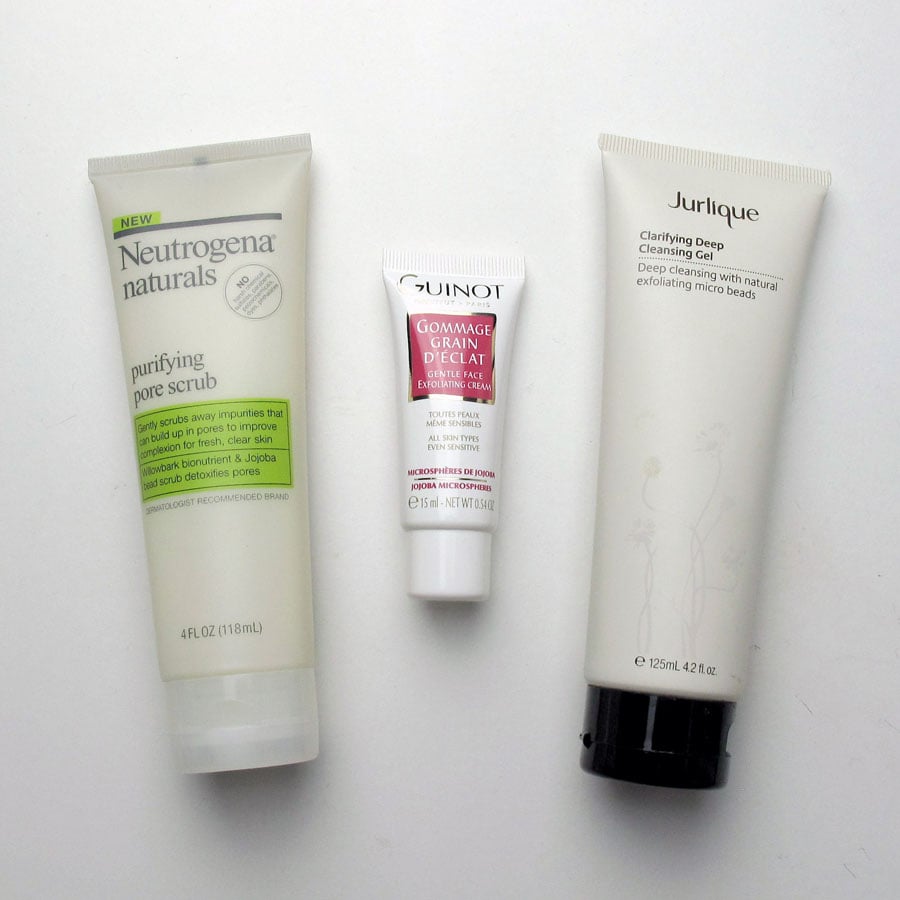
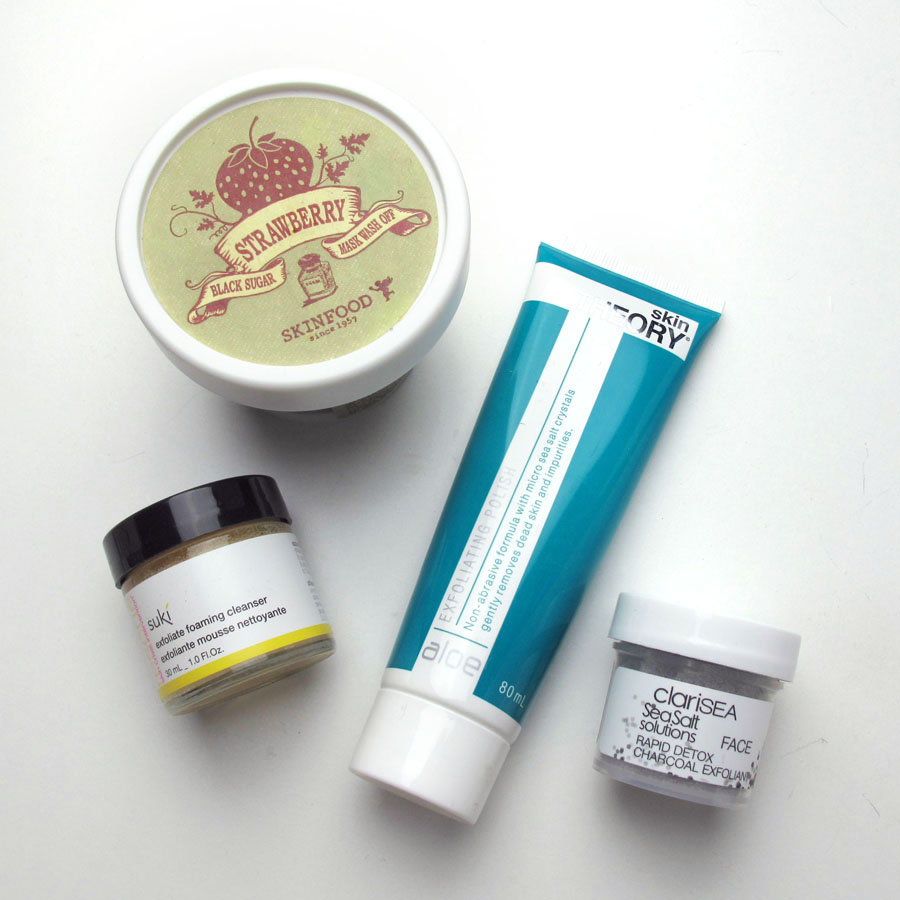

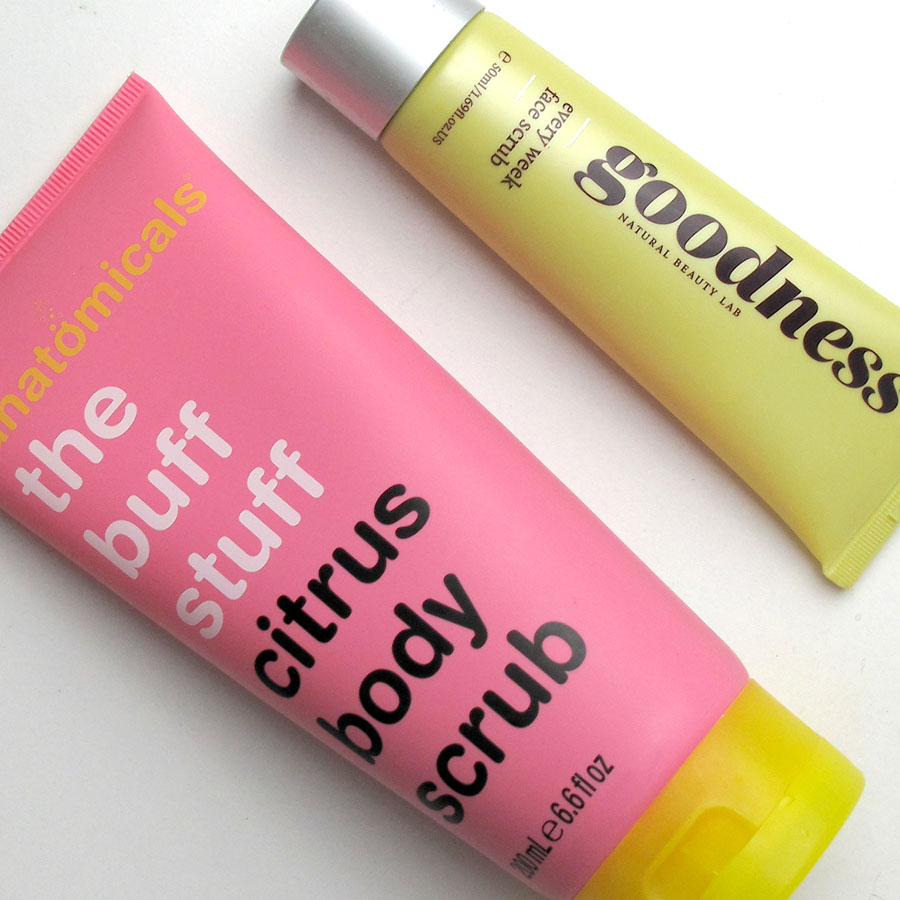
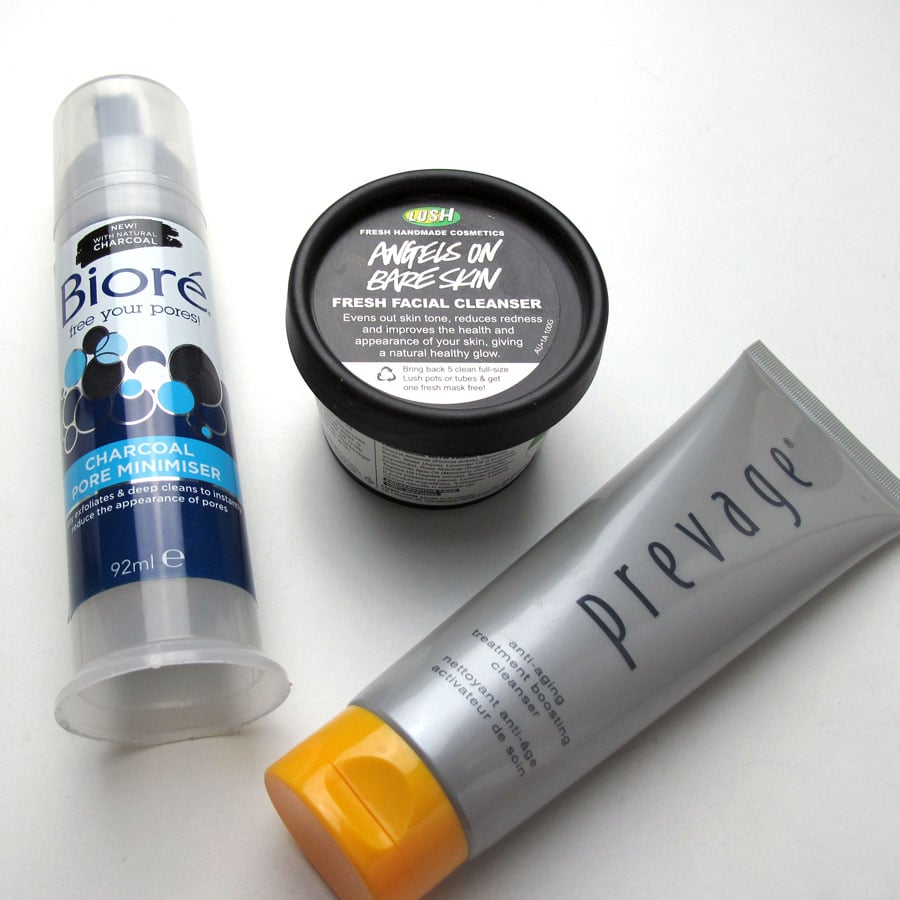
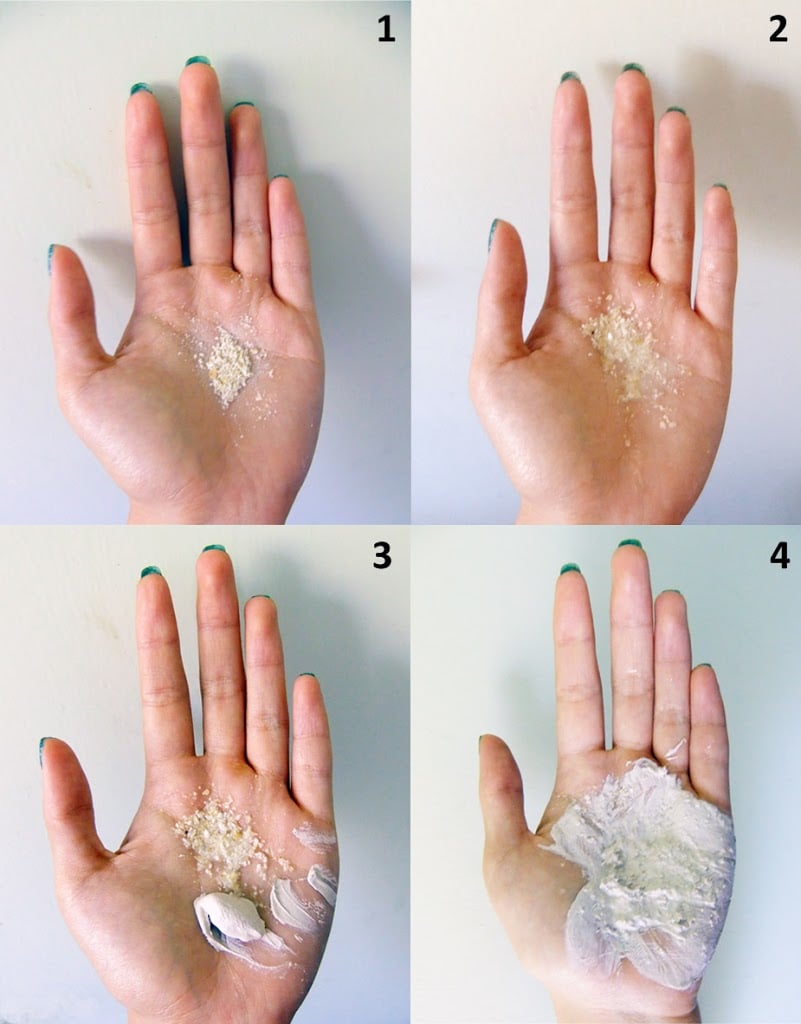
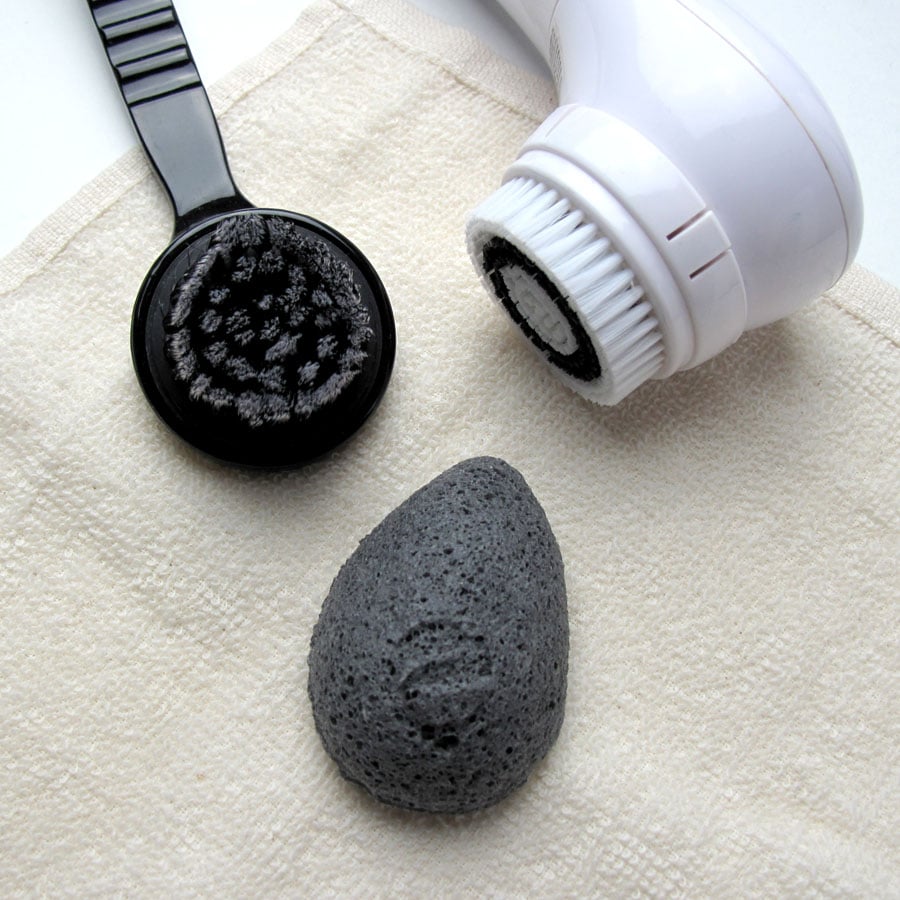


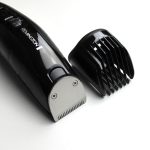
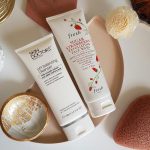
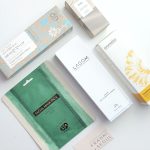
This is a really good post! It’s clear, concise, and explains really well what a physical exfoliation is. My personal favorite is using powdered dried strawberry seeds (available in Europe, I’m not so sure about the USA) because they work wonders on my dry skin. Will keep an eye on your site!
Thanks! 🙂
Great post! Interesting, I didn’t know people used sand to exfoliate. I like using St. Ive’s apricot scrub.
ahintofbeauty.blogspot.com/
Great post! Packed with info!
Thank you!
Hi Mich. I finally am sure about that facecloths can exfoliate. My mom taught me this when I was in high school. Just one question though. I had the habit of using facecloth to rub my face like really washing dishes. Is that the reason that my skin’s quite sensitive since the barrier’s kinda destroyed? How often do you recommend people with sensitive skin to exfoliate? Thank you.
Don’t scrub hard, even with a facecloth – that can definitely compromise your skin’s integrity! I would cut back to once a week to start off with, then if your skin’s feeling better, gradually increase the frequency
Dermaplaning is amazing!!
I’ve done it myself or w a pro for years. My MILaw, may she RIP, told me about this years ago…she said one of the reasons men’s’ skin looked younger was shaving. It does scrape away unsightly facial hair making your makeup look SO much better and it does NOT make hair grow back thicker or darker! And Buhbye dead, flaky skin, too! Just look at a friend or yourself in the bright sun (or mag mirror) and you’ll race for that eyebrow razor or aesthetician!
Facial hair is just not pretty!!!
This is a very convenient post!
Thanks for sharing 🙂